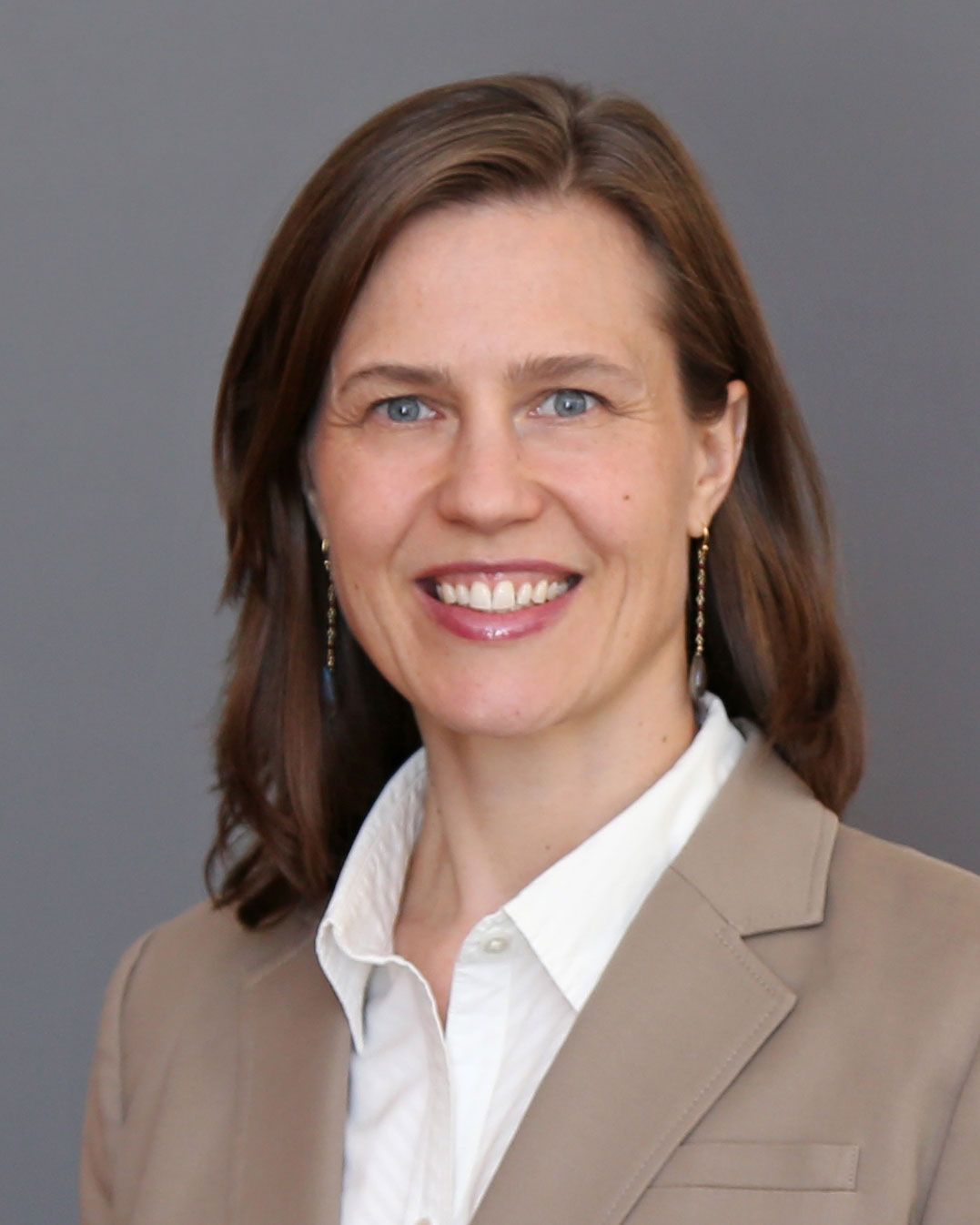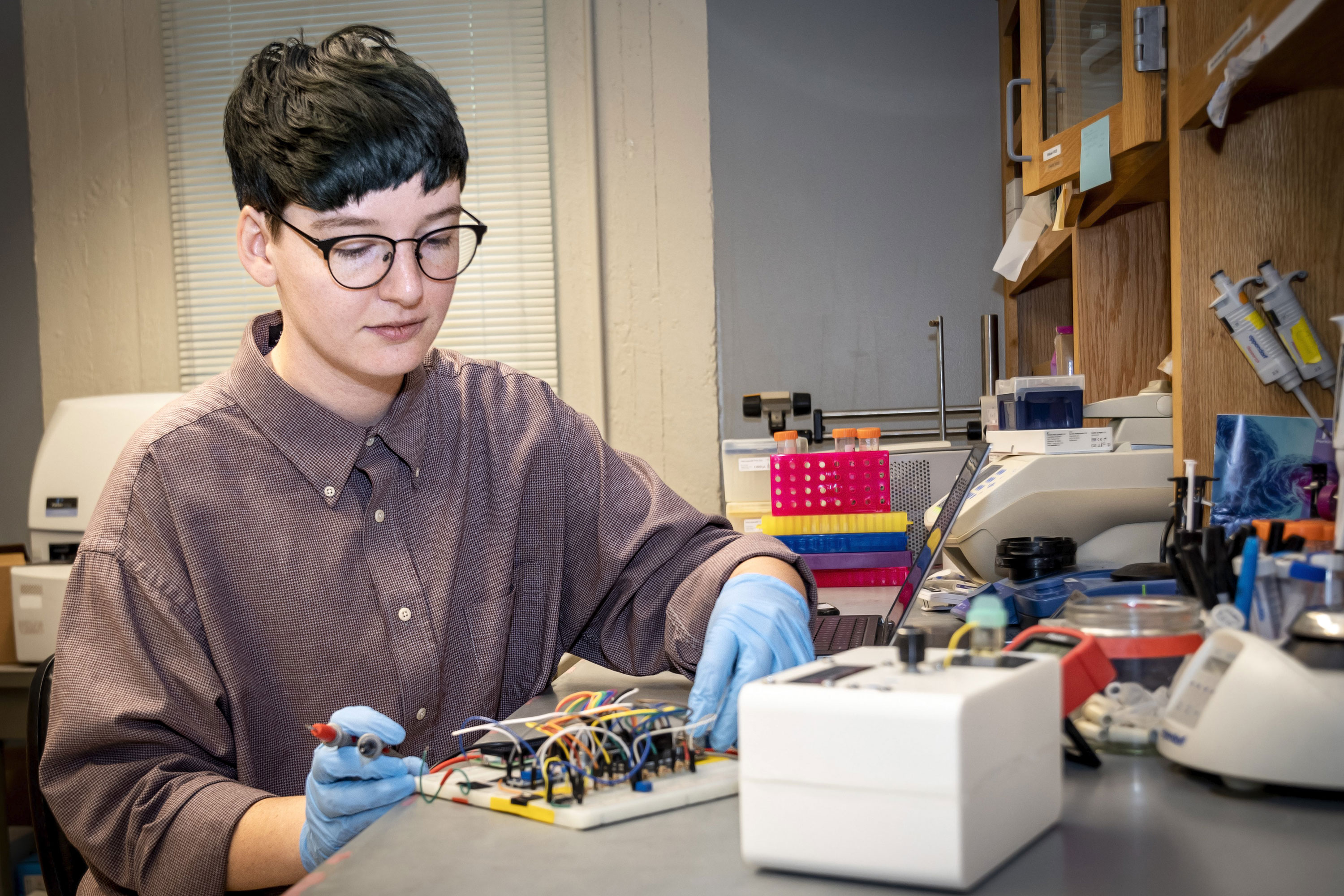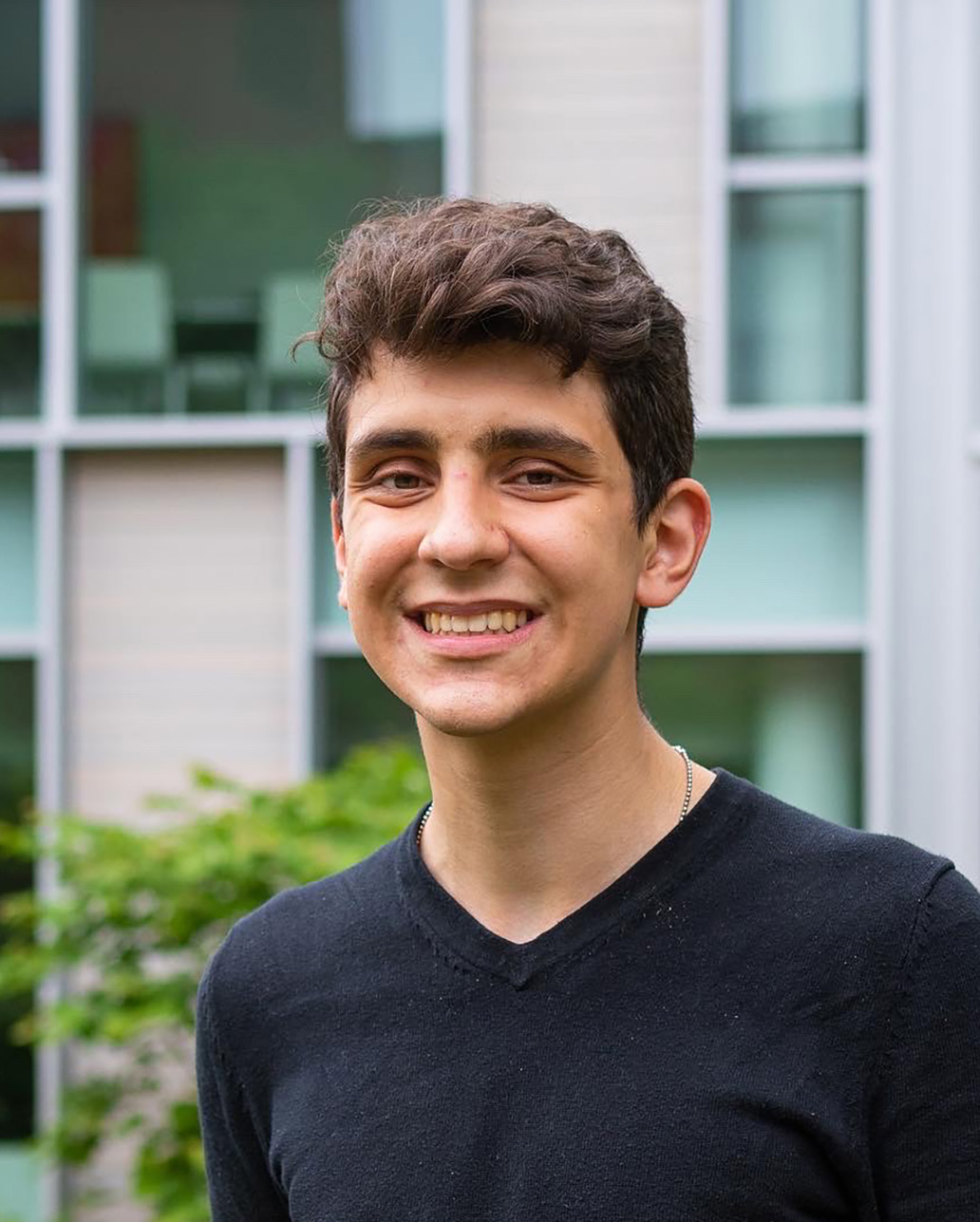2023 Issue

Kareen Coulombe, associate professor of engineering, and team members Bum-Rak Choi, associate professor of medicine (research), and Ulrike Mende, MD, professor of medicine, received a BBII award in 2020 for research to make therapeutic drugs safer for the heart. With an additional round of BBII funding in 2022, the team continued to develop an in vitro cardiac tissue model platform for drug discovery and cardiotoxicology testing. The team is further expanding the model to be able to test for cardiac side effects of oncology drugs as well as to identify drugs that can be used to mitigate or treat these side effects.
 In most chronic diseases, including heart failure, kidney failure, and pulmonary fibrosis, the extracellular matrix becomes abnormal, leading to inflammation, fibrosis, and hypoxia, or reduced oxygen supply. In 2019, with the support of BBII funds, Jeffrey Morgan, a professor of pathology and laboratory medicine, developed a process for producing uniform injectable particles that potentially could be used to treat damaged tissue in various organs. The company XM Therapeutics was formed to further develop the treatment and bring it to clinical trials. XM Therapeutics is initially focusing on two of the most serious disorders, heart failure and pulmonary fibrosis, for which the clinical need and market size are enormous and continue to grow.
In most chronic diseases, including heart failure, kidney failure, and pulmonary fibrosis, the extracellular matrix becomes abnormal, leading to inflammation, fibrosis, and hypoxia, or reduced oxygen supply. In 2019, with the support of BBII funds, Jeffrey Morgan, a professor of pathology and laboratory medicine, developed a process for producing uniform injectable particles that potentially could be used to treat damaged tissue in various organs. The company XM Therapeutics was formed to further develop the treatment and bring it to clinical trials. XM Therapeutics is initially focusing on two of the most serious disorders, heart failure and pulmonary fibrosis, for which the clinical need and market size are enormous and continue to grow.

Cancer researchers know that individual tumor cells can reveal important information about how an individual’s cancer develops and spreads and how it might be best treated. Yet conventional methods of tumor analysis rely on the extraction of nucleic acids from bulk tissue samples and result in low-resolution genetic readouts. The poor quality of these results can even lead to misdiagnosis.
Cel Welch, a PhD candidate in the lab of engineering professor Anubhav Tripathi, has developed a way to isolate high-quality, intact single cells from biopsied cancer tissue within minutes. The individual cells can be used for single-cell RNA sequencing, which is especially useful in detecting rare mutations.
The process uses electric field fluctuations rather than enzymes to separate cells from one another. The biopsied tissue is placed in a liquid-filled receptacle between two parallel plate electrodes. Electric field fluctuations applied to the liquid create opposing forces, which cause the tissue cells to move first in one direction and then in the opposite direction until they separate from one another.
The new electric field method is superior to standard isolation methods in terms of labor, cost, and efficiency and was described in June 2022 in Scientific Reports. Welch has been named to Forbes’s 2023 30 Under 30 list in science.
STEFANIE TOMPKINS MSC’93, PHD’97 is the director of the Defense Advanced Research Projects Agency (DARPA), a research and development agency of the U.S. Department of Defense.
 "I lead a high-risk, high-payoff research and development agency within the Department of Defense, charged with making pivotal investments in breakthrough technologies for national security. Past successes include the Saturn V rocket, stealth aircraft, the ARPANET (which became the internet), self-driving cars, and mRNA vaccines— we are working on what comes next! In my job, I see hundreds of new ideas across many technology domains and have to make critical judgments about which ones we are going to take risks on. Brown prepared me for this in three ways: first, by training me as a geologist, an incredibly diverse field that requires you to use many different STEM disciplines (math, chemistry, physics, engineering); second, by honing my capacity for critical thinking; and third, by providing amazing role models."
"I lead a high-risk, high-payoff research and development agency within the Department of Defense, charged with making pivotal investments in breakthrough technologies for national security. Past successes include the Saturn V rocket, stealth aircraft, the ARPANET (which became the internet), self-driving cars, and mRNA vaccines— we are working on what comes next! In my job, I see hundreds of new ideas across many technology domains and have to make critical judgments about which ones we are going to take risks on. Brown prepared me for this in three ways: first, by training me as a geologist, an incredibly diverse field that requires you to use many different STEM disciplines (math, chemistry, physics, engineering); second, by honing my capacity for critical thinking; and third, by providing amazing role models."
Brown-lifespan center for digital health utra award
 Devon Newman ’25 received a Brown Undergraduate Teaching and Research Award (UTRA) to work with Megan Ranney, MD, former deputy dean of Brown’s School of Public Health and founding director of the BrownLifespan Center for Digital Health, on two projects. The first tested a digital intervention to reduce intentional firearm injury among teens, and the second evaluated a text-based intervention to reduce depressive symptoms and peer conflict in at-risk adolescents. A public health major planning to pursue a career in medicine, Newman said that the research “fits in really well with my major and my interests, especially the gun violence study, because a lot of the sites where we’re doing the study are rural areas, and I’m very interested in rural public health as I come from a town of about 5,000.” He continued this research project for an independent study credit.
Devon Newman ’25 received a Brown Undergraduate Teaching and Research Award (UTRA) to work with Megan Ranney, MD, former deputy dean of Brown’s School of Public Health and founding director of the BrownLifespan Center for Digital Health, on two projects. The first tested a digital intervention to reduce intentional firearm injury among teens, and the second evaluated a text-based intervention to reduce depressive symptoms and peer conflict in at-risk adolescents. A public health major planning to pursue a career in medicine, Newman said that the research “fits in really well with my major and my interests, especially the gun violence study, because a lot of the sites where we’re doing the study are rural areas, and I’m very interested in rural public health as I come from a town of about 5,000.” He continued this research project for an independent study credit.